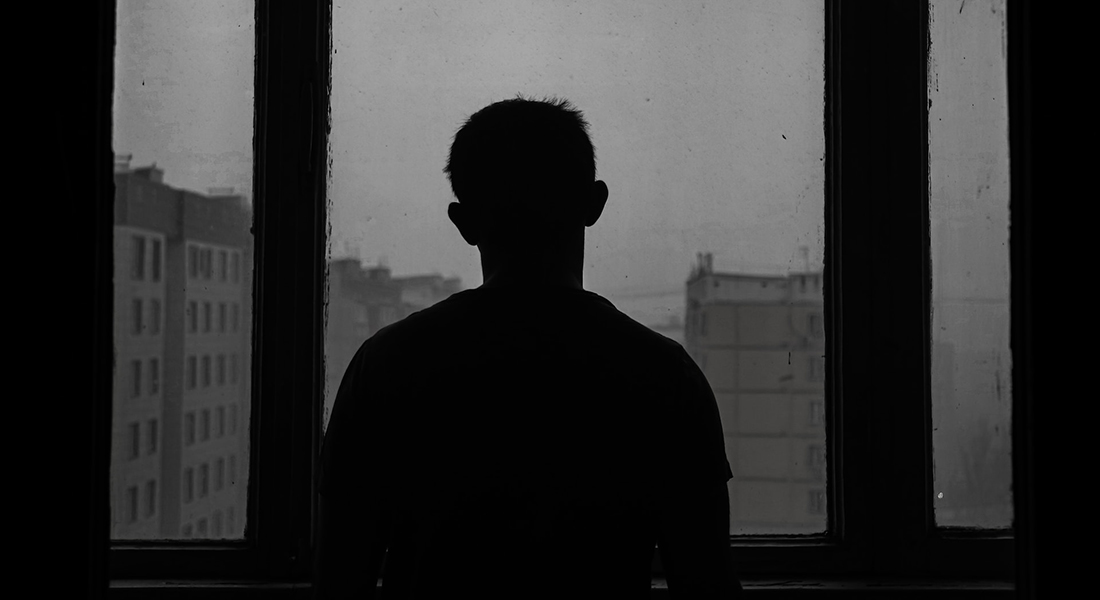An increasing number of young people are attempting suicide. While old methods of assessing risk factors have limited effect, artificial intelligence can help spot the most important warning signs. This is according to a new research project from the University of Copenhagen.

The number of suicide attempts is rising at an alarming rate: In 59 low- and middle-income countries, one in six young people have attempted suicide, according to studies. This worrying development calls for stronger preventive efforts, which is also at the centre of a new international research project.
Researchers from Norway and Denmark have used artificial intelligence in the form of machine learning to map which factors are particularly related to young people's suicide attempts. Data from 173,664 Norwegian teenagers are included in the study, which is published in the Journal of Youth and Adolescence.
"It is crucial to identify the life circumstances that increase suicide risk among young people. Unfortunately, current methods for estimating risk factors are close to useless - thus, authorities cannot identify the people who are at risk," points out Milan Obaidi, Associate Professor at the Department of Psychology at the University of Copenhagen, who is one of the project's researchers.
Self-harm is a key warning sign
The researchers are left with a clear picture of the main risk factors:
"Recent self-harm is the most important indication of risk for suicide attempts. In addition, we found five other risk factors: internalising problems such as anxiety and depression, sleep problems, eating disorders, pessimism about future prospects and victimisation," says Milan Obaidi.
In the project "Unveiling Adolescent Suicidality: Holistic Analysis of Protective and Risk Factors Using Multiple Machine Learning Algorithms", psychologists have identified both risk and protective factors in relation to suicide attempts among adolescents.
The researchers used a population-representative dataset consisting of 173,664 Norwegian adolescents aged 13 to 18 years. Among the young people, 4.65% had attempted suicide in the past 12 months.
Based on the extensive data, five machine learning algorithms were trained to assess the risk of suicide attempts. All of the algorithms found that recent self-harm is the most important indicator of suicide attempts in adolescents.
In addition, the study highlights five other key risk factors: internalising problems, sleep disorders, eating disorders, lack of optimism about future education and career, and victimisation.
Read more about the study here.
There have been previous attempts to use machine learning to localise suicide risk, but these have had significant shortcomings.
"Among other things, the interaction of protective factors and risk factors has been overlooked. And previous studies have neglected to include established theories on suicidal behaviour and instead used purely algorithmic risk estimation," explains Milan Obaidi.
Requires a holistic approach
The researchers' machine learning model is the most accurate of its kind to date. In other words, their model can identify which young people are at risk better than anyone else.
"Our model shows that young people's risk of suicide attempts is not simply a sum of various societal, economic and psychological pressures. Instead, we can see that intra- and interpersonal processes are crucial to suicide risk," says Milan Obaidi and elaborates:
"These include a lack of optimism about education and career, conflicts with close relationships and victimising experiences."
Stopping the alarming rise in suicide attempts among young people requires a more holistic approach to the problem, emphasises Milan Obaidi.
"You need to examine both risks and protective factors across many individual, psychological sociological and environmental domains," he states.
If you're in crisis or having thoughts of suicide, talk to someone who isn't suicidal. It helps to put difficult thoughts into words and you can do it anonymously.
You can contact Livslinien on +45 70 201 201, chat at livslinien.dk or get online counselling at skrivdet.dk.
In addition to Livslinien, you can also get counselling from Startlinjen, Psykiatrifonden, Sct. Nicolai Tjenesten and Børns Vilkår.
Otherwise, you can also:
- Call 112 (or 1813 in the Capital Region of Denmark)
- Call your doctor before 4 pm, and then the emergency medical centre
- Go to one of the country's 15 psychiatric emergency rooms
- Contact one of the regions' suicide prevention clinics






